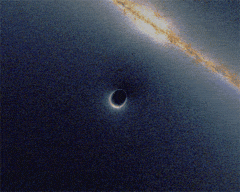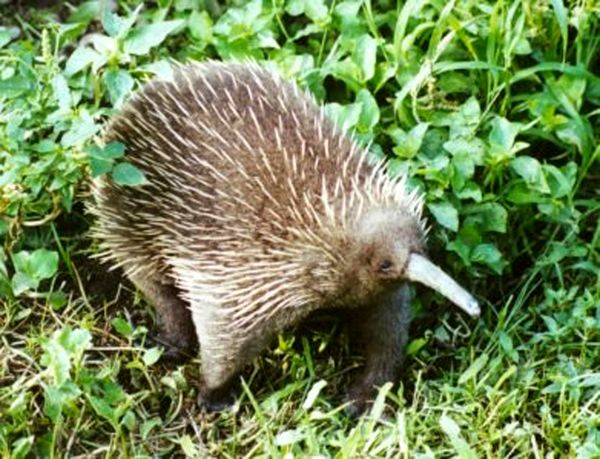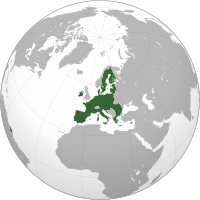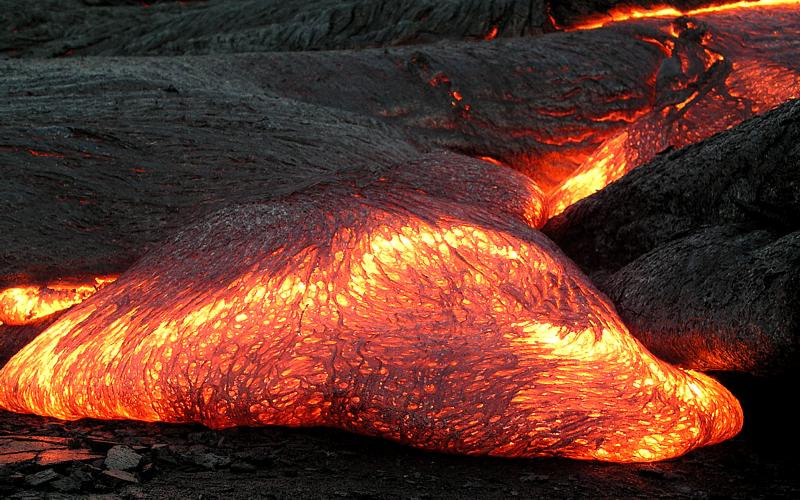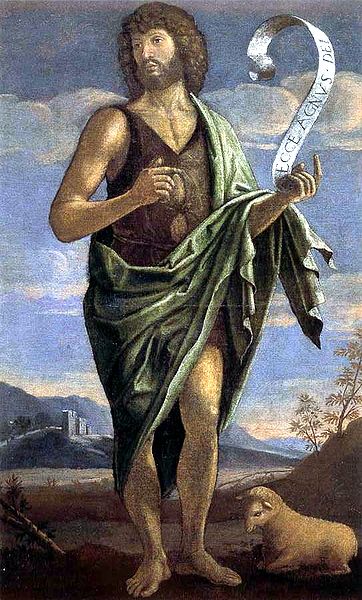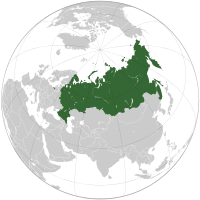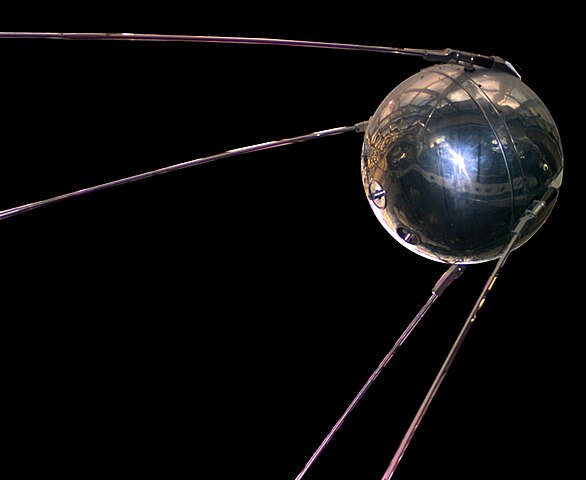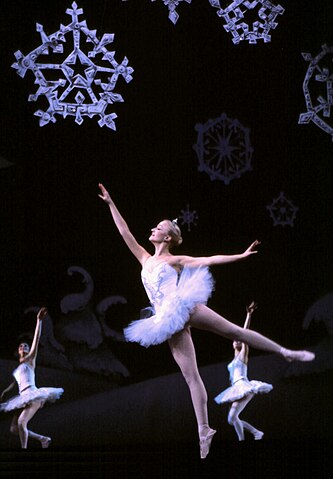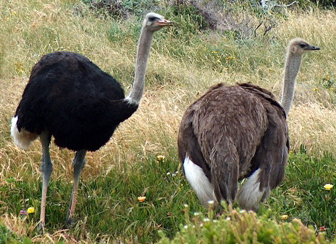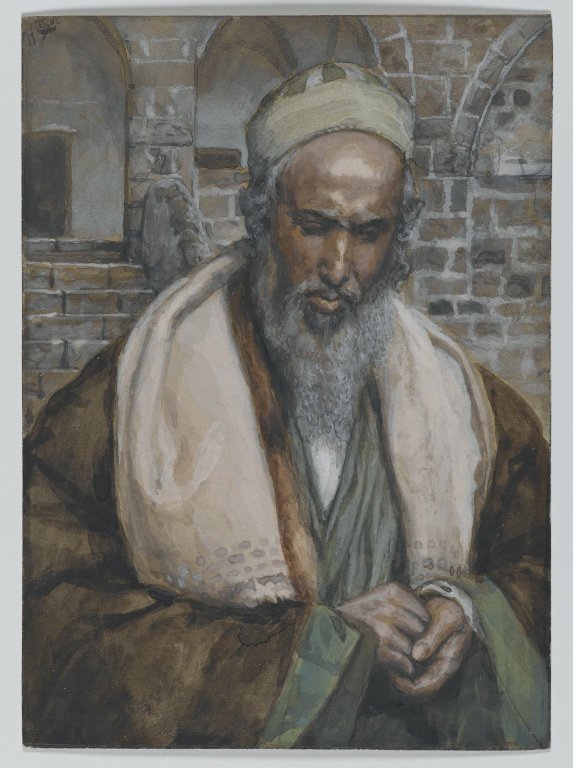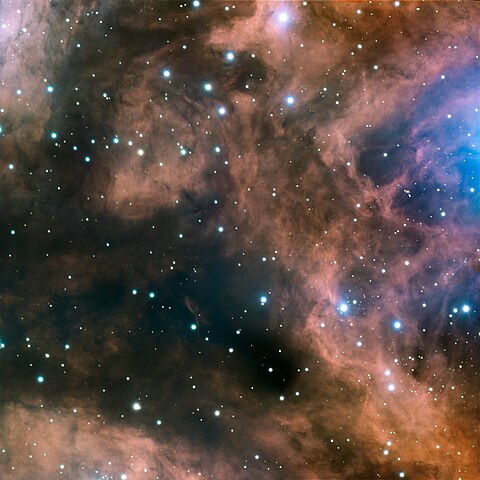Some countries in Europe like The Ukraine are pretty big, but others are as small as a single city!
Vatican City is the country where the Pope lives.
It is right inside the middle of the country of Italy.
They have many wonderful pieces of artwork there, like the Cistine Chapel which has a beautiful painting on the ceiling done by Michelangelo.
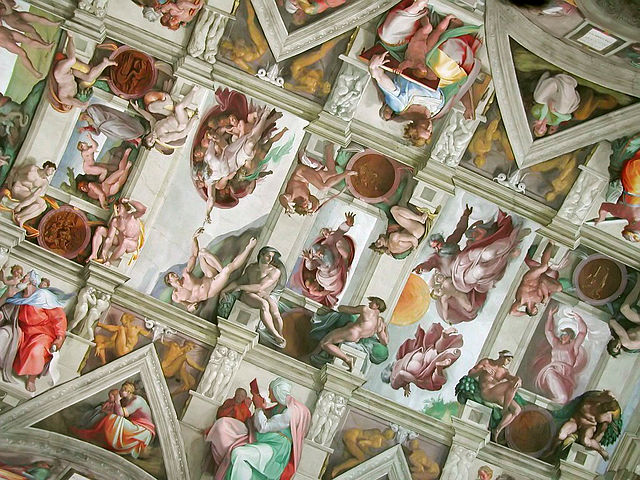
(from: wikipedia - vatican city)
Michelangelo also did a sculpture of Jesus with his mother Mary.
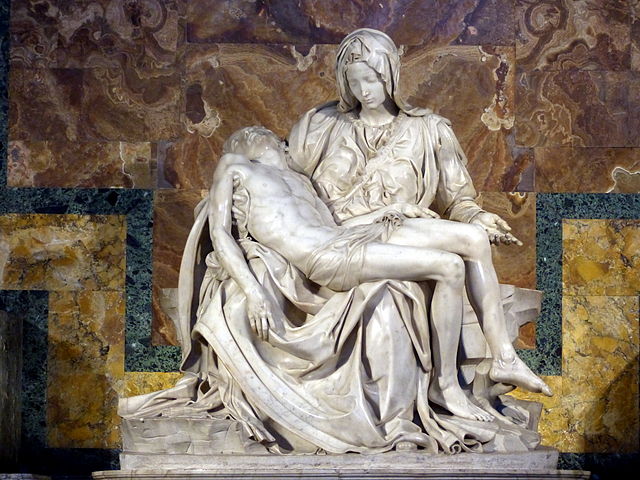
(from: wikipedia - vatican city)
They have guards for the pope called Swiss Guards because they are from Switzerland.

(from: wikipedia - vatican city)
It is the home of the Pope, who is the head of the Catholic church.

(from: wikipedia - pope francis)
Kid Facts - Blast from the past: North America Continent

